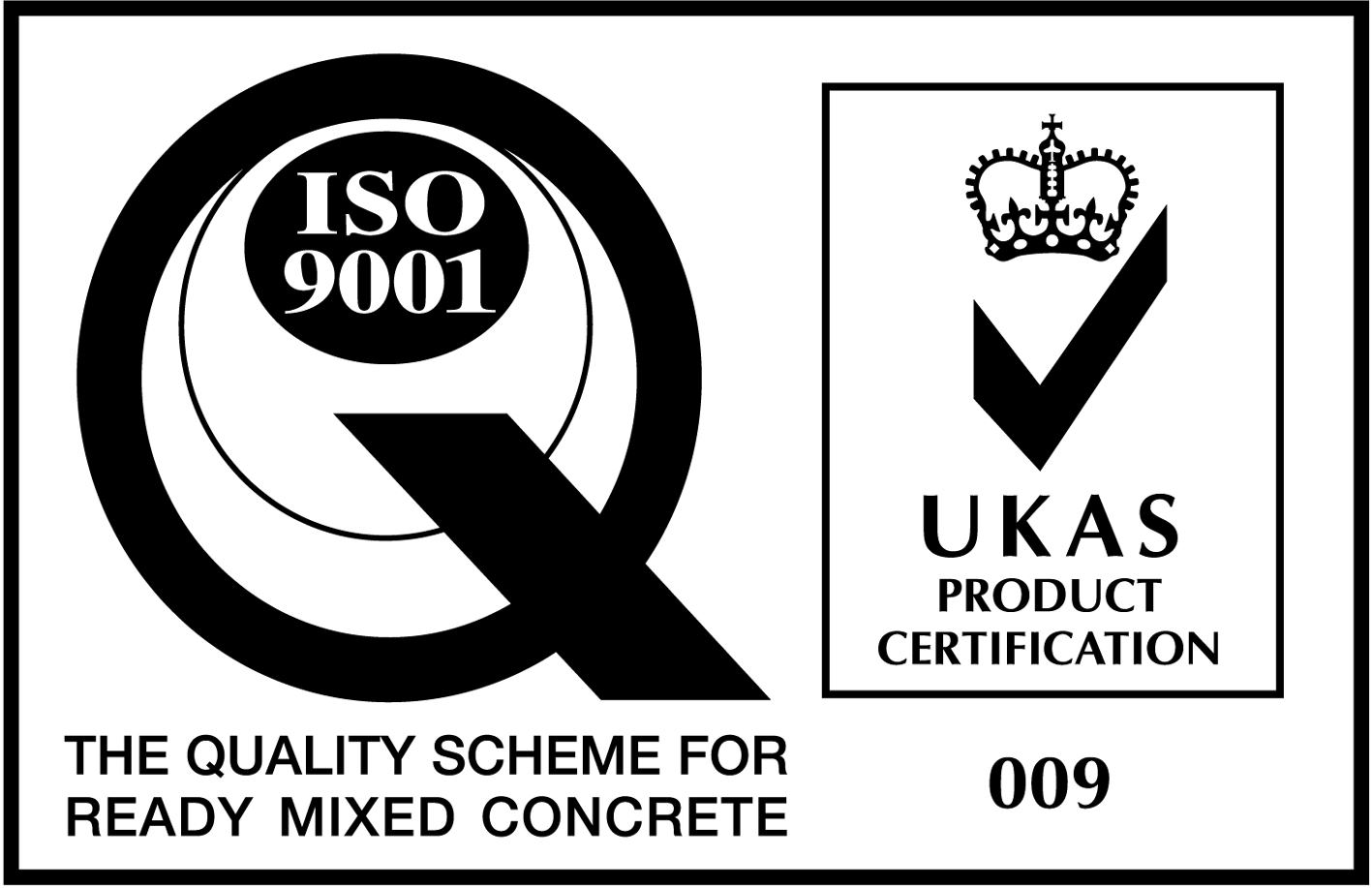A Guide to Self-Compacting Concrete
Self-compacting concrete has been getting a lot of attention in the construction world. Unlike traditional concrete, self-compacting concrete flows and compacts into the desired shape without the need for consolidation. Forget about needing mechanical tools or machines to settle the concrete — it all happens by itself.
In this article, find out all you need to know about self-compacting concrete, including what it is, what it’s made of and how it can be used.
What is self-compacting concrete?
Self-compacting concrete is a unique type of concrete with particularly high fluidity. It flows easily and uniformly into any shape or design. Unlike traditional concrete, it doesn’t require any additional compaction, making it especially easy to work with.
You might have heard self-compacting concrete referred to by other names, such as self-levelling concrete, self-consolidating concrete or self-placing concrete. These are all different names for the same thing: concrete that simply flows and levels by itself.
What is self-compacting concrete made from?
Self-compacting concrete is made up of the same basic ingredients as regular concrete: cement, water, and aggregates such as sand and gravel. However, unlike traditional concrete, it tends to have a higher proportion of fine aggregates and a greater amount of water-reducing agents. It is these materials which, when mixed together, give the concrete its high flowability and viscosity.
What are the advantages of self-compacting concrete?
Self-compacting concrete has so many great benefits, the most significant of which is that it reduces the amount of manual labour needed to pour the concrete. This is because the concrete mixture flows effortlessly and self-compacts into the desired shape, without the need for external compaction. As a result, the entire process is faster and less labour-intensive, saving valuable time and resources.
Self-compacting concrete can also create high-quality finishes on walls and floors. Its self-compacting quality means that every gap is filled, resulting in a smooth and even finish.
What projects is self-compacting concrete used for?
Due to being highly fluid, self-compacting concrete is often used for constructing high-rise buildings. It easily fills up the formwork, which can typically be complex and intricate, whereas conventional concrete mixtures can sometimes leave air pockets that can weaken the structure. Self-compacting concrete is designed to flow effortlessly and fill every nook and crevice, ensuring that the formwork is completely filled.
Another great application for self-compacting concrete is creating smooth and dense surfaces in bridges and tunnels. Due to its unique flow properties, self-compacting concrete can adhere tightly to the structure and help maintain stability. This makes it a popular choice for bridges, tunnels and other structures that demand high structural integrity.
A third interesting feature of self-compacting concrete is its ability to create intricate and complex shapes and designs in architectural concrete. It is this level of precision and detail that makes it an essential material for achieving the desired aesthetic for many buildings and structures. In other words, self-compacting concrete can help to create visually stunning and architecturally impressive buildings.
Self-compacting concrete is available to customers across Woking, Guildford, Surrey and the surrounding areas. At Total Concrete, we deliver the finest grade of concrete in a mix that will meet all your requirements. Whether you need self-compacting concrete, foam concrete or reinforced concrete, we’ve got the perfect mix for you.
Get your concrete delivered directly to your site — no mess, no fuss. Get a free quote now.
 Trade Zone
Trade Zone
